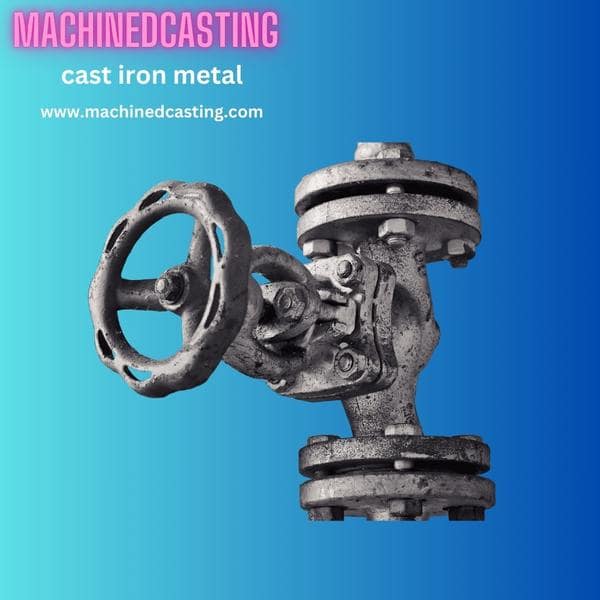The Ultimate Guide to Cast Iron: Unleashing the Power of this Timeless Metal
-
Posted by
jaidi

21
Nov
Cast iron metal, a robust and timeless metal, has been a kitchen staple for centuries. Its durability, even heating, and ability to retain flavor make it a favorite among chefs and home cooks alike. In this guide, we’ll explore the world of cast iron metal, from seasoning to maintenance, to help you unlock the full potential of this versatile material.
- Choosing the Right Cast Iron: Before diving into the world of cast iron, it’s essential to choose the right piece. Consider the size and type of cookware you need – from skillets to Dutch ovens. Brands like Lodge and Le Creuset offer high-quality options, but vintage finds can be treasures. Ensure the piece is well-crafted with a smooth cooking surface.
- Seasoning for Perfection: One of the key attributes of cast iron metal is its seasoning. This process involves applying a layer of oil to the surface, creating a natural non-stick coating. To season your cast iron, start by scrubbing it with a brush to remove any rust or debris. Apply a thin layer of oil (vegetable or flaxseed oil works well) all over, including the handle. Place it upside down in an oven at 375°F (190°C) for an hour. Repeat this process a few times for a perfect non-stick surface.
- Cooking with Cast Iron: Cast iron excels at even heating, making it ideal for a wide range of dishes. Preheat your cast iron slowly to avoid thermal shock. Whether you’re searing a steak, baking cornbread, or simmering a stew, cast iron provides consistent and reliable results. Don’t be afraid to experiment – the more you use it, the better it gets.
- Cleaning and Maintenance: The cleaning process for cast iron is straightforward. Avoid using soap, as it can strip away the seasoning. Instead, use a brush or scraper to remove any food particles. If needed, add coarse salt and scrub with a damp cloth. Dry the cast iron thoroughly and apply a thin layer of oil to prevent rust. Store it in a cool, dry place.
- Reviving and Restoring: Over time, your cast iron may develop rust or lose its seasoning. Fear not – it’s easily restorable. Scrub the rusted area with steel wool or a stiff brush, then re-season the cast iron as described earlier. With proper care, your cast iron will last for generations.
- Myths and Facts: There are several myths surrounding cast iron, such as the idea that acidic foods should be avoided. In truth, properly seasoned cast iron can handle acidic ingredients without imparting a metallic taste. Embrace the versatility of your cast iron and cook whatever you desire.
- Beyond the Kitchen: Cast iron isn’t just for cooking; it’s also great for camping. Take your skillet or Dutch oven on your next outdoor adventure for delicious campfire meals. The durability of cast iron makes it a perfect companion for the rugged outdoors.
Conclusion:
In the world of cookware, cast iron metal stands out as a timeless and reliable choice. From its initial seasoning to years of flavorful meals, understanding how to care for and use cast iron is essential. With the right knowledge and a bit of practice, your cast iron cookware will become a cherished and indispensable part of your kitchen for years to come.

